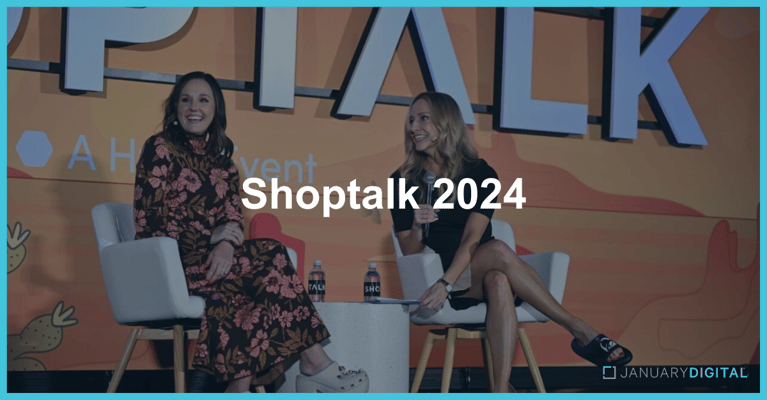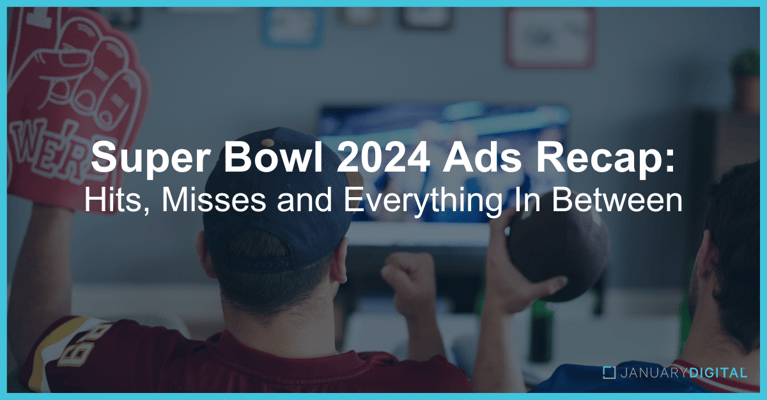Recently, Google announced plans to sunset average position and the corresponding bidding tools from its Google Ads platform in the fall, a change that surprised many at first. Upon reflection, though, many of our team members and the marketing community agreed that its usefulness as a metric has faded, and other KPIs have taken precedence when evaluating ad position on a search engine results page, or SERP.
Below is our take on why this isn’t as big a deal as it might seem, and ways you can shift how your team is evaluating search to take into account metrics that provide better insight into brand performance.
Why is Average Position Going Away?
Average position has never been the best metric for actual page position, as it referred to an advertiser’s position relative to other advertisers, not the entire SERP. Last fall, Google introduced additional impression share (share of voice) metrics to give advertisers increased visibility into how frequently their ads appear in various areas on Google. In the beginning, one could see up to 10 text ads on a SERP. However, with the addition (and promotion) of newer, image ad-based products like Google Shopping and Showcase Shopping, top-of-page text ad space has been consolidated into two smaller areas; the very top position, and any ad slot above organic results.
What’s Changing?
Not all that much, actually. While average position is going away, the ad placements are staying the same, with three locations where a text ad can show up: absolute top position (above text and image ads), top positions (above organic results, but below images), and anywhere on the SERP (typically below organic results). Advertisers can still measure success through KPIs focused on the ad’s placement on the page. Bid strategies based on positions will no longer be active, either.
How Can Advertisers Change Tactics and Continue to Measure Success?
Before you rush to change your strategy, know that nothing is changing
just
yet. Google won’t be removing the metric until this fall, and additional bid strategies will be added for advertisers to choose from when that happens if they don’t tap into ROAS, target impression share, or traffic-based strategies. In the meantime, advertisers should start to shift their KPIs to impression share, which measures overall share of voice. Leveraging auction insights also shows impression share of competitors on a selected set of keywords or campaigns, helping determine if more budget or different bids are needed to meet an impression share goal.




